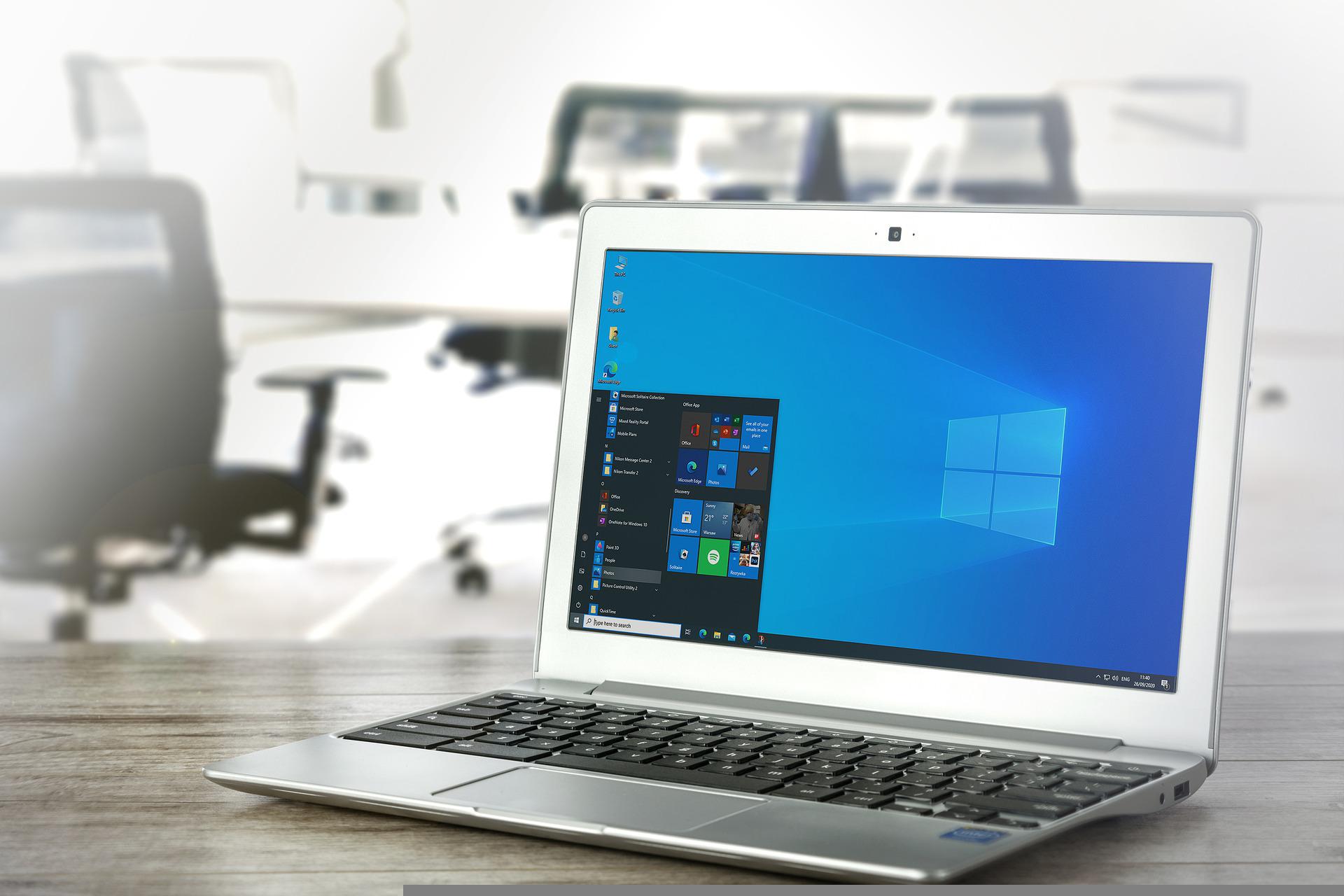When you want to install an application on Windows 10, you have several options. You can install it from the Microsoft store, a website, or even a USB storage device. This article will walk you through each of these options. If you’re looking for the quickest way to install an application on Windows 10, then read on! It’s a simple process, and you’ll be up and running in no time!
Installation from the Microsoft Store
If you’ve ever downloaded a free application from the Microsoft Store, you’ll know that there are a few things to keep in mind before you install it. Depending on the program you’ve downloaded, the process may be a little complicated and can lead to some crashing. Fortunately, there are some easy solutions to the problem, such as reinstalling the app. The Microsoft Store has many free apps to choose from.
You can manually install applications through the Microsoft Store. First, find the URL for the application and use a tool called Fiddler to monitor HTTP sessions. Once you have this, use PowerShell to install the appxBundle. Next, you can install the application from the Microsoft Store. Once you’ve installed the application, you can launch it by clicking on the “Apps” or “Games” tab. Click on “Get” to begin.
If you don’t want to use the Microsoft Store installer, there are other ways to install Python on Windows. For example, you can use Anaconda, a Python distribution popular in data science and scientific computing. You can read more about how to install Anaconda on Windows in this guide. Nonetheless, the Microsoft Store package is not the best choice for advanced users. It’s not recommended for developers who don’t need full write access to registry or shared directories. However, if you’re a beginner, this is the easiest and quickest way to get up and running with Python.
Installation from a website
Installing software on your own web server is possible if you know the proper steps. Most web installs consist of several steps, including setting up a web directory and assigning users to that directory. In addition, the web installer usually sets up an empty database, installs files and runs a script to create the necessary databases. Listed below are steps you should follow when installing software on your own web server. Read on for more information.
Installation from a USB storage device
To install Windows from a USB storage device, follow these steps. Then insert your USB drive into the computer. The installation will begin, clearing any previous contents. Then, accept the license agreement. Follow the instructions to create installation media for a second PC, or the same one. Once the installation is complete, plug the USB stick back in and reboot your computer. It’s now time to enjoy your newly installed Windows.
You can install your operating system from a USB storage device, flash drive, or mobile hard disk. Just make sure that it has a USB port. You can also use a VGA interface and a VGA cable to connect to the computer. When the computer boots, click the arrow keys to choose “Boot” and follow the instructions. A boot menu will appear. Select “Installation from a USB storage device” and follow the on-screen prompts.
After the installation from a USB storage device is complete, plug the device back into the computer’s USB port. The computer may prompt you to choose the language, timezone, and currency. If you want to change those settings later, you can do so. Be sure to accept the license terms before proceeding. If you don’t feel comfortable changing these settings, simply exit the installation. Then, you’re ready to start using Windows.
